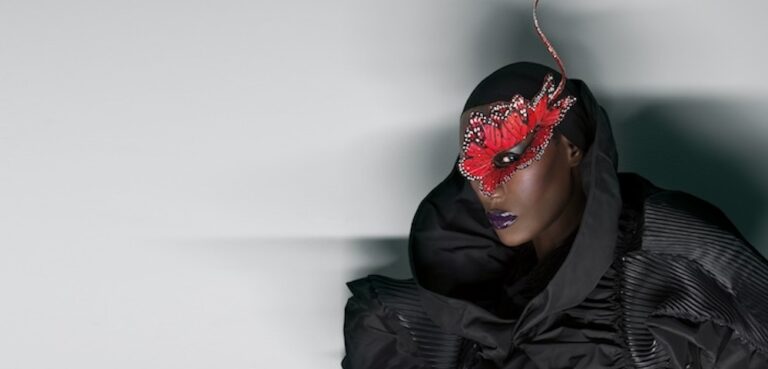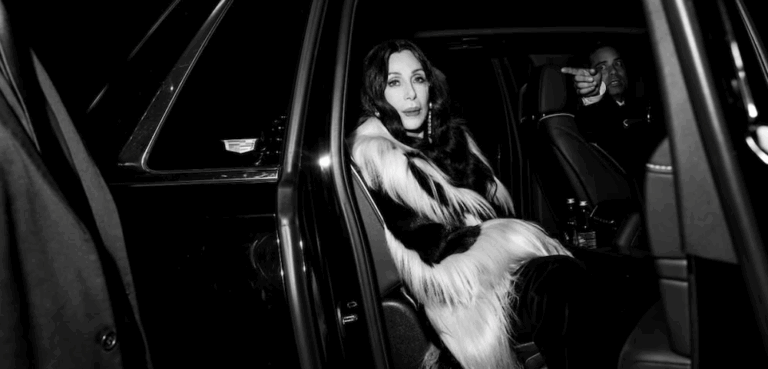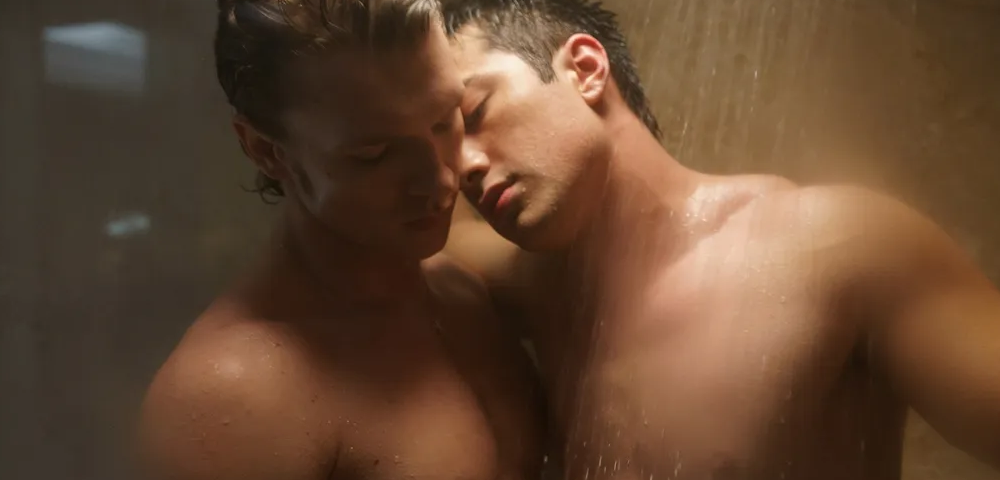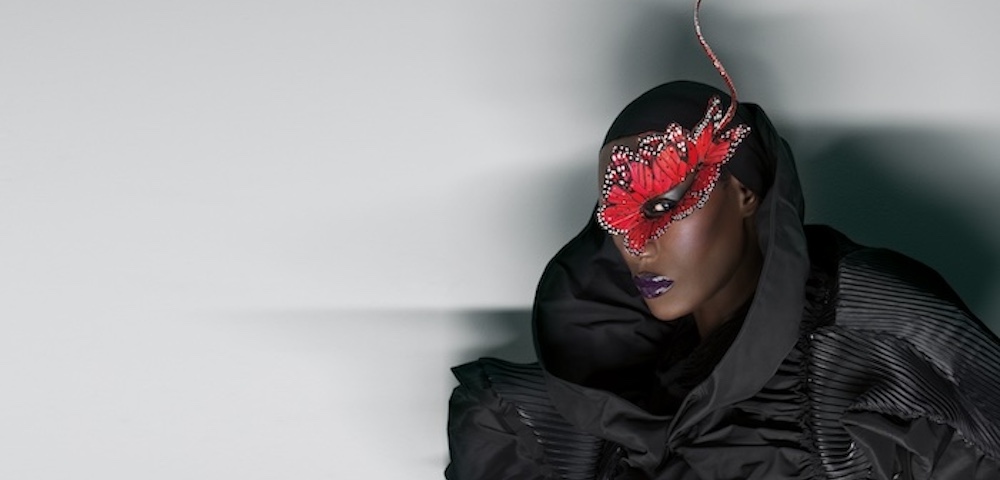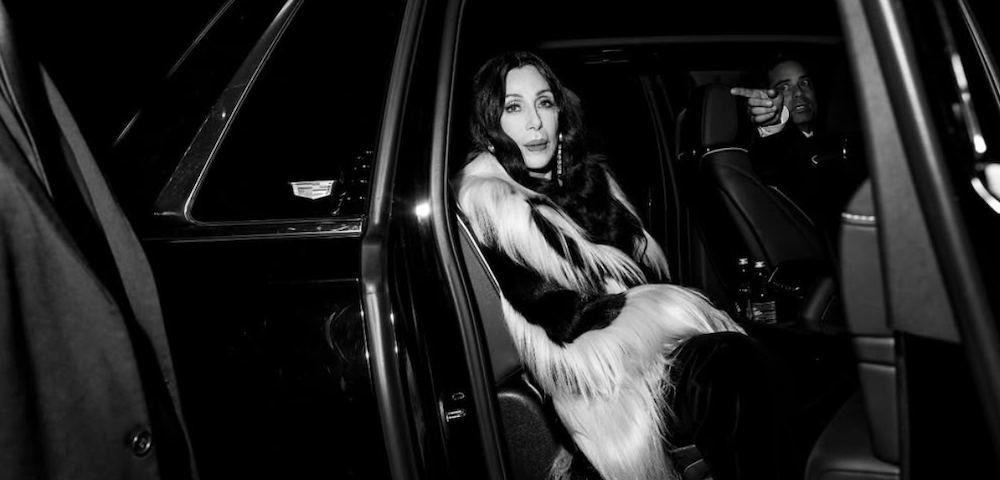
How Cher made me “strong enough” to feel proud about being queer

Pop goddess Cher let a young Nathan Smith know there was a life beyond the pain of high school loneliness and closeted queerness.
***
In year nine, I gave a class presentation on Cher.
I made my case for the iconic singer as part of an ‘influential person’ assignment and showcased highlights from her 40-year career — everything from Silkwood to “Strong Enough”.
It was, admittedly, a rough year. With deepening angst and a blooming sexuality, I was a reckless 15-year-old at an all boys’ school who was feeling increasingly disconnected.
However, Cher routinely kept me from falling too deeply into that dark pit of self-loathing.
I was so enamoured by her strength and resilience; she was the only person I saw as having any real influence on my life.
It’s trite and clichéd but Cher was one of those northern stars that helped guide this gay boy out of adolescent angst and into a queerer and safer adulthood.
With her impending return to Australia this September, I recently began to untangle some of those distant teen memories and reckon with how Cher represented so much to me at 15.
Like so many others, Cher’s status as a gay deity is like well-worn shoe leather.
With a transformative, ever-changing identity, a remarkable ability to excel and succeed in multiple fields—film, music, television—alongside a suspicious youthfulness and ageless ability to resist traditional narratives placed on women, Cher encapsulates conflicting ideologies and ideas about gender, sexuality, and identity.
It’s these ideas that many queers place their own feelings and meanings on, creating a roadmap which brings together solace, strength, and resilience to overcome the challenges of being out and queer.
Like other gay boys, it was the Believe album that first converted me. It was a quiet revolution in my life.
Ensconced in that iconic phone booth, Cher singing in the “Believe” music video deeply resonated with me, as I saw difference and queerness in that dreamy, fantastic world.
Years later, I can see how I implicitly connected that video with feelings of being trapped and isolated (much like Cher appears to be) as I struggled with my own sexual self-acceptance.
While the song might mean different things to different people, those lyrics of ‘believing in’ something—whether worldly, real, or even felt—struck an (auto-tuned) chord and made me feel protected, aware that I could always overcome my biggest obstacles, with Cher watching on.
In my teens, when I discovered “Song for the Lonely”, “When You Walk Away”, and “Love and Understanding”, I felt reassured and inspired by messages that told me pain and hardship were passing experiences, and that self-understanding could be found if I looked deep enough and found some inner faith.
Cher told me there was a life awaiting me beyond the pain of high school loneliness and closeted queerness, and I subscribed to that dictum for some time.
People often talk about queer icons in terms of conversion, religious awakening, or abstract ideas of optimism and hope.
Because of our emotional relationships to the celebrity, it’s often difficult to explain the reason why, so much are we connected on a visceral, emotional, unexplainable level.
Cher falls into that camp.
As I learnt more about Cher’s own tumultuous life story, it only galvanised my own appreciation for her. I was inspired by her inner battles against hardship, poverty, and navigating the world’s fault lines to find herself a better, more well-rounded person defying the odds stacked against her.
It’s true that I’ve filtered too many (bad) romances with Cher’s back-catalogue. The way she seems to carve out her own identity so sharply, her feelings so articulately, and her wants so explicitly, resonated with a closeted gay boy who once (regrettably) tried wearing Cher’s “If I Could Turn Back Time” outfit to a New Year’s party at 18.
And, of course, her music, which is more often than not about self-reliance, hope, and life’s possibilities: “Believe”, “Gypsies, Tramps and Thieves”, “Save Up All Your Tears”, and “If I Could Turn Back Time”.
All together, it’s suite of stories told me how to live as a gay man, whether or not Cher ever intended her music to be read that way.
Couple that with her long-standing shamelessness about not subscribing to societal conventions about womanhood—navel-gazing on television in the ‘70s, fishnet and leotard in the ‘80s, wigging out in the ‘90s—continue to keep her as a visible political agitator and queer ally.
Online today, Cher’s also a woke Twitter troll rallying against the Trump administration, making her only more appealing and enduringly relevant.
Being queer is often about understanding your difference in an aggressively heteronormative world, carving out a place where you can create a stable inner world while also being fully and openly expressive.
The roadmap I sketched through Cher’s music helped me develop this harmony, creating a fuller feeling of self-acceptance and pride in my sexual identity and difference.
And it’s true, Cher eventually became a kind of ideology to me, her music like hymns helping me overcome some particularly difficulty periods.
Now she has endured in my life ever since, a glinting northern star continuing to help me find myself and guide me (by proxy) in times of self-doubt.
The auto-tuned music, campy performances, excessive costumes, and performed femininity all encapsulate both the realness and fakeness of Cher.
For me, she is both a celebration of all that is performed and artificial, and a sobering reminder of the realness of life. She is also proof we are usually wiser people because of it.
I can’t share with you what the year nine boys thought of my take on “Believe”, but can say I scored strongly on the grade.
